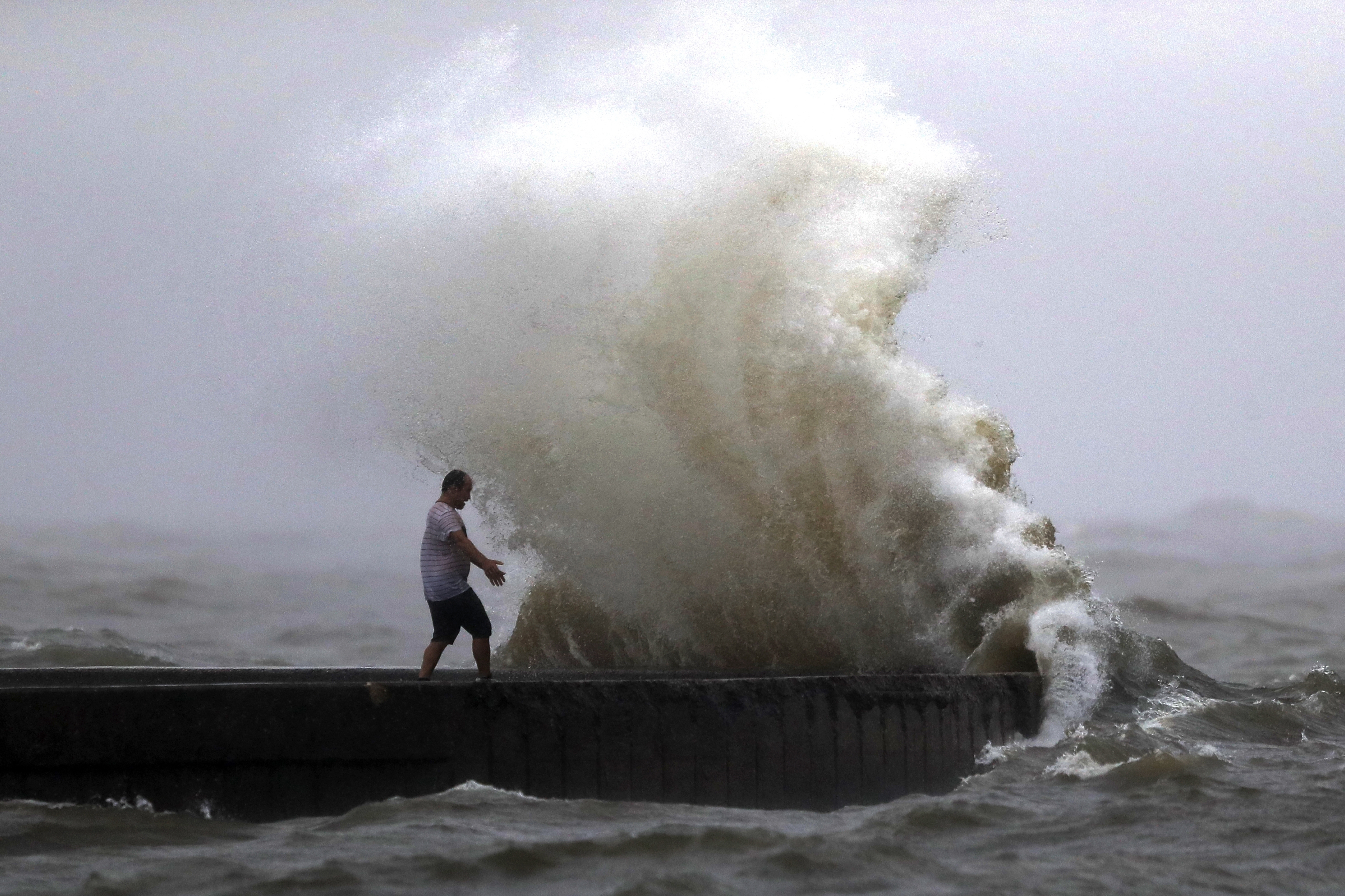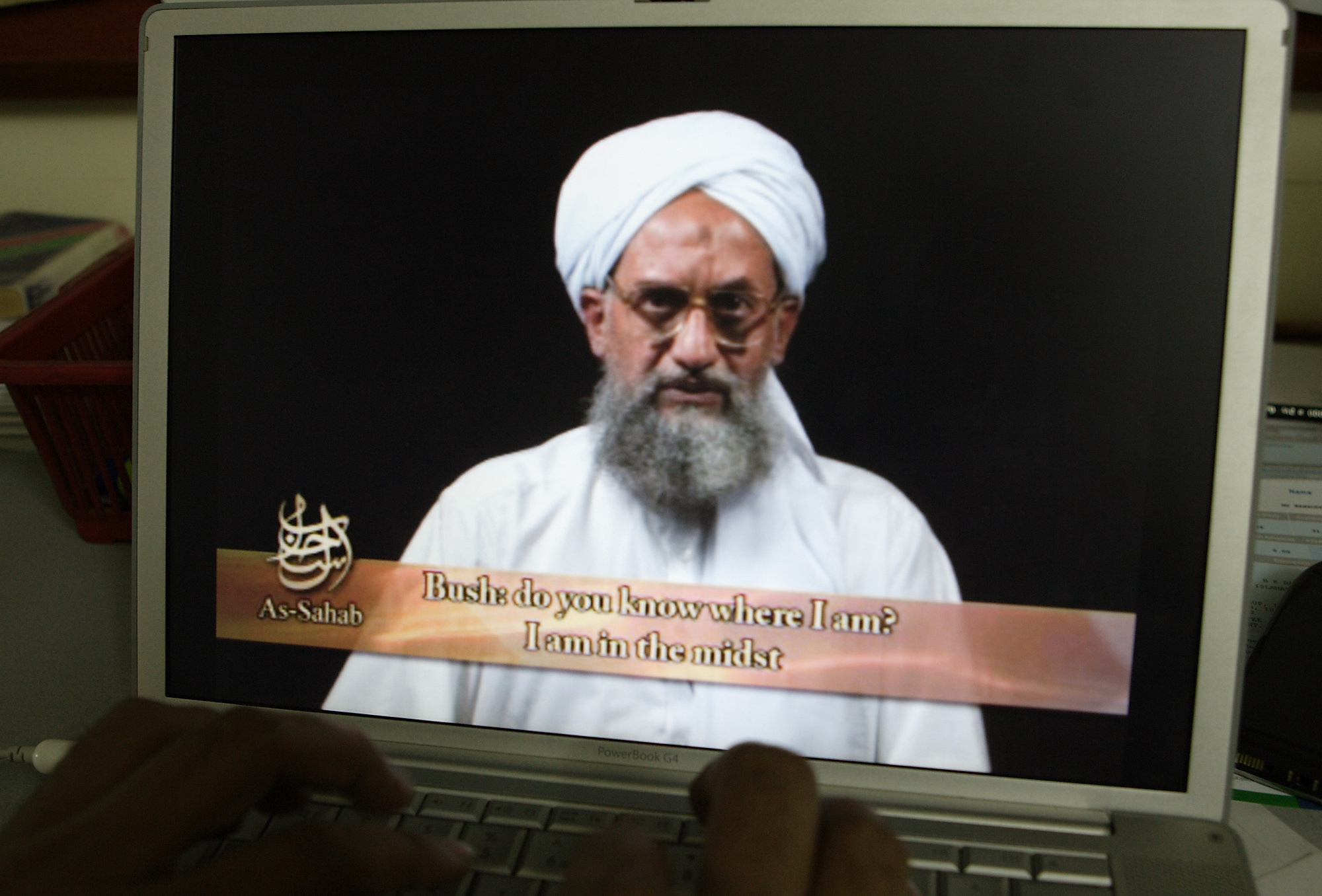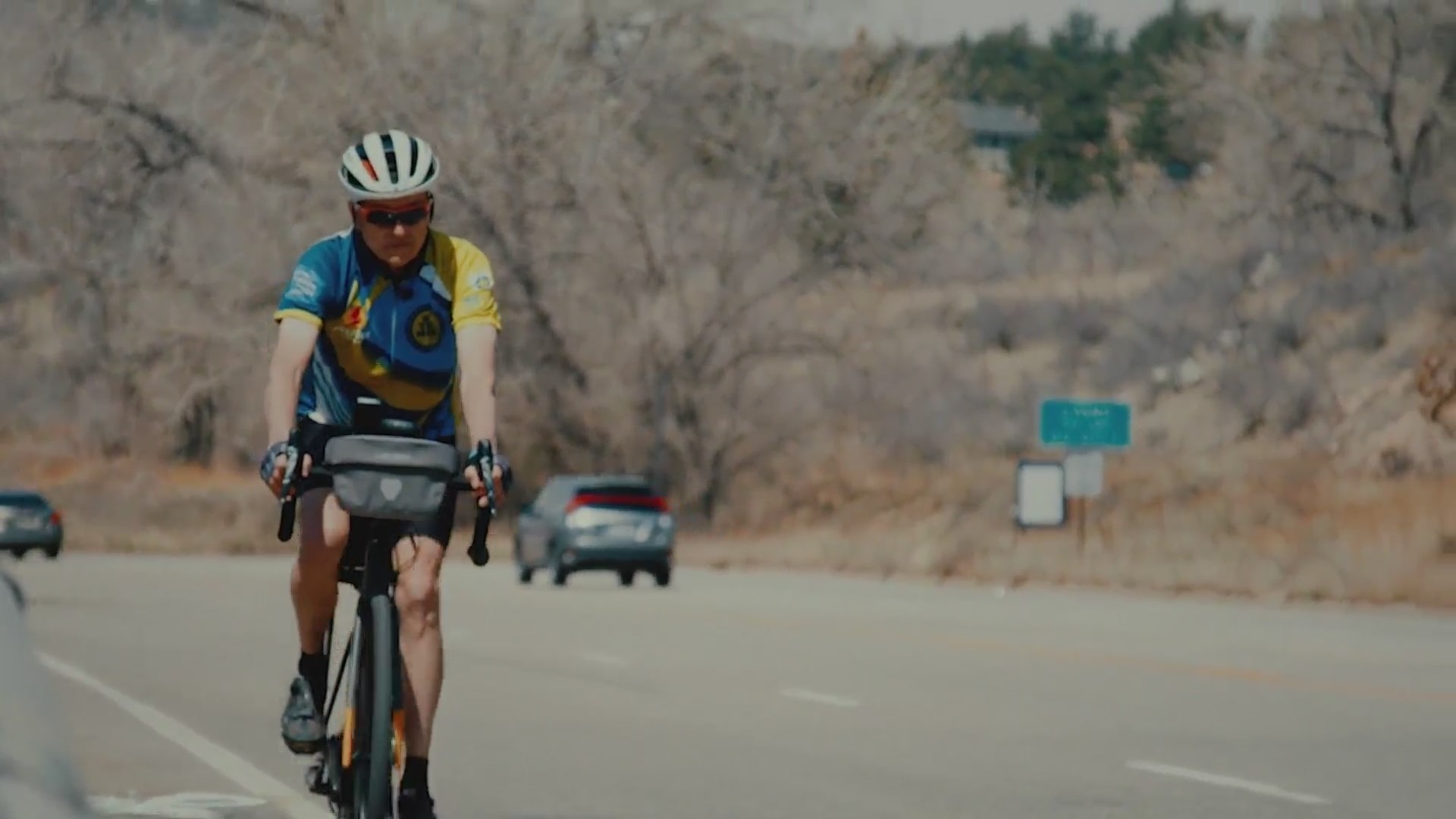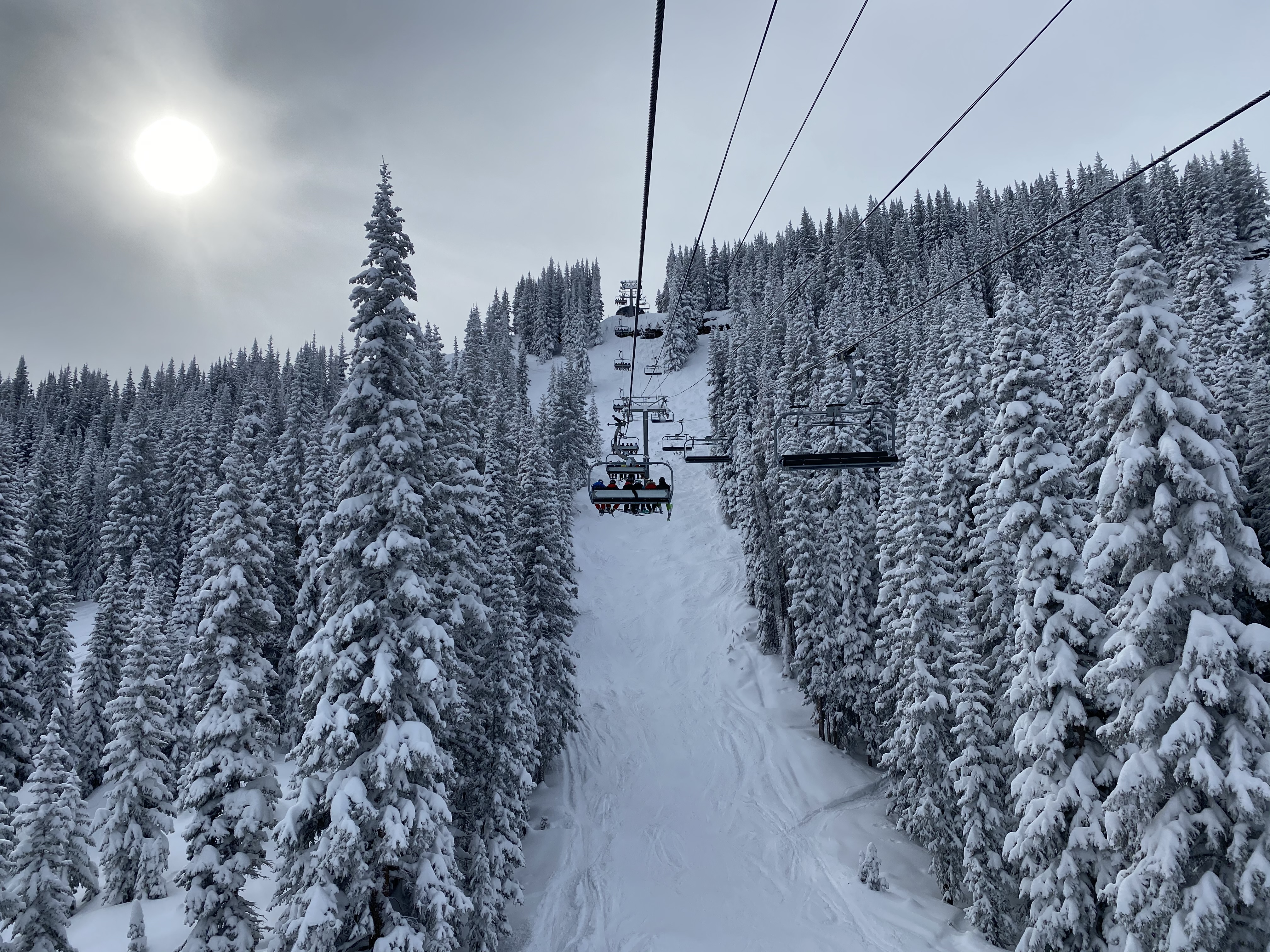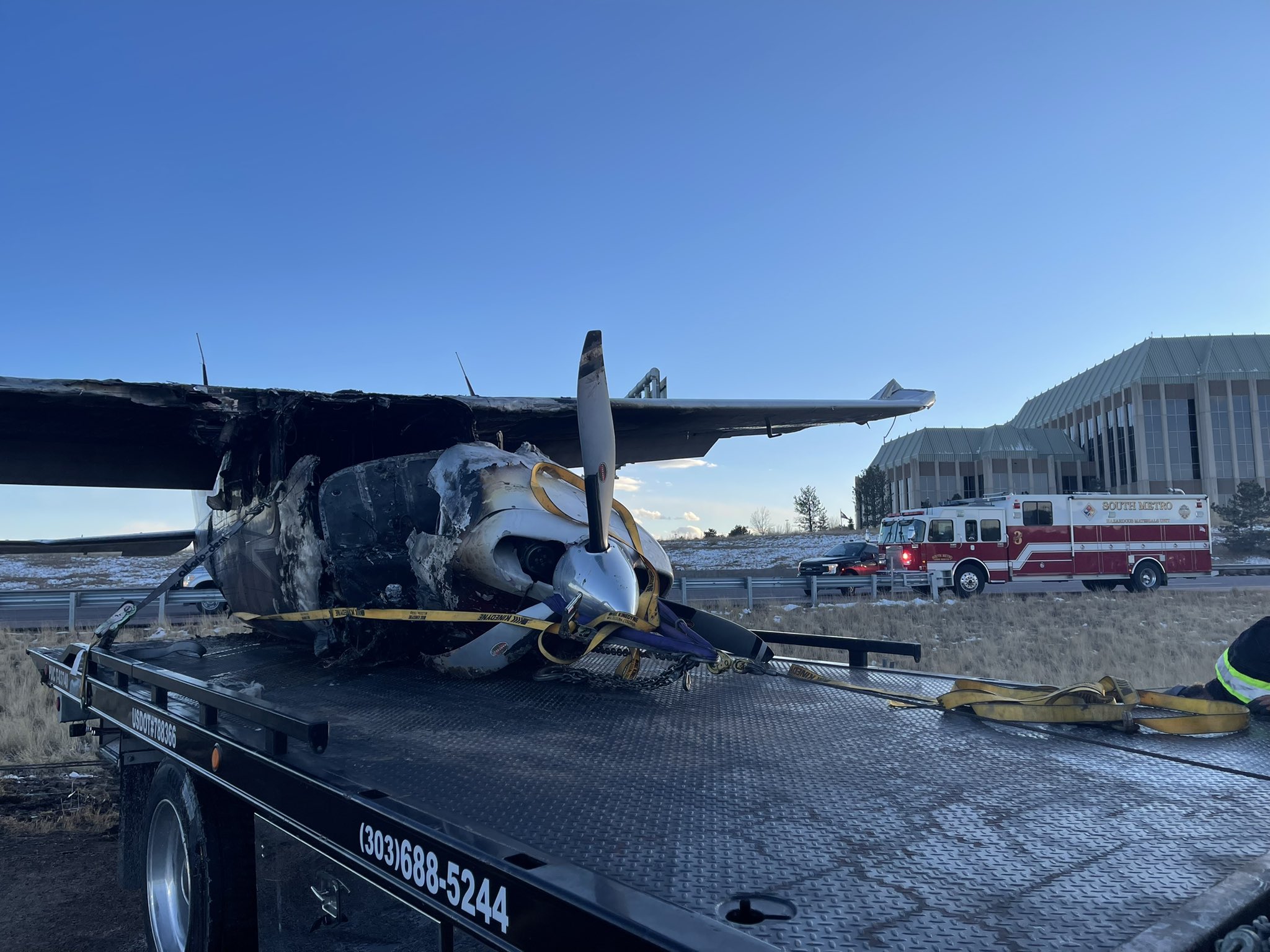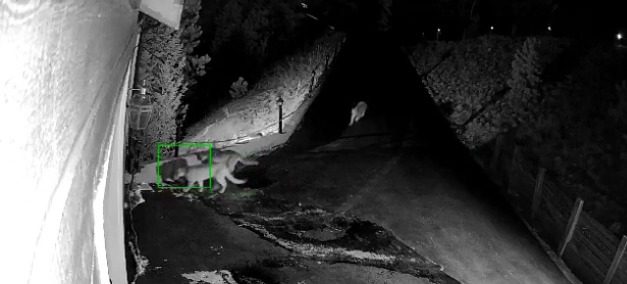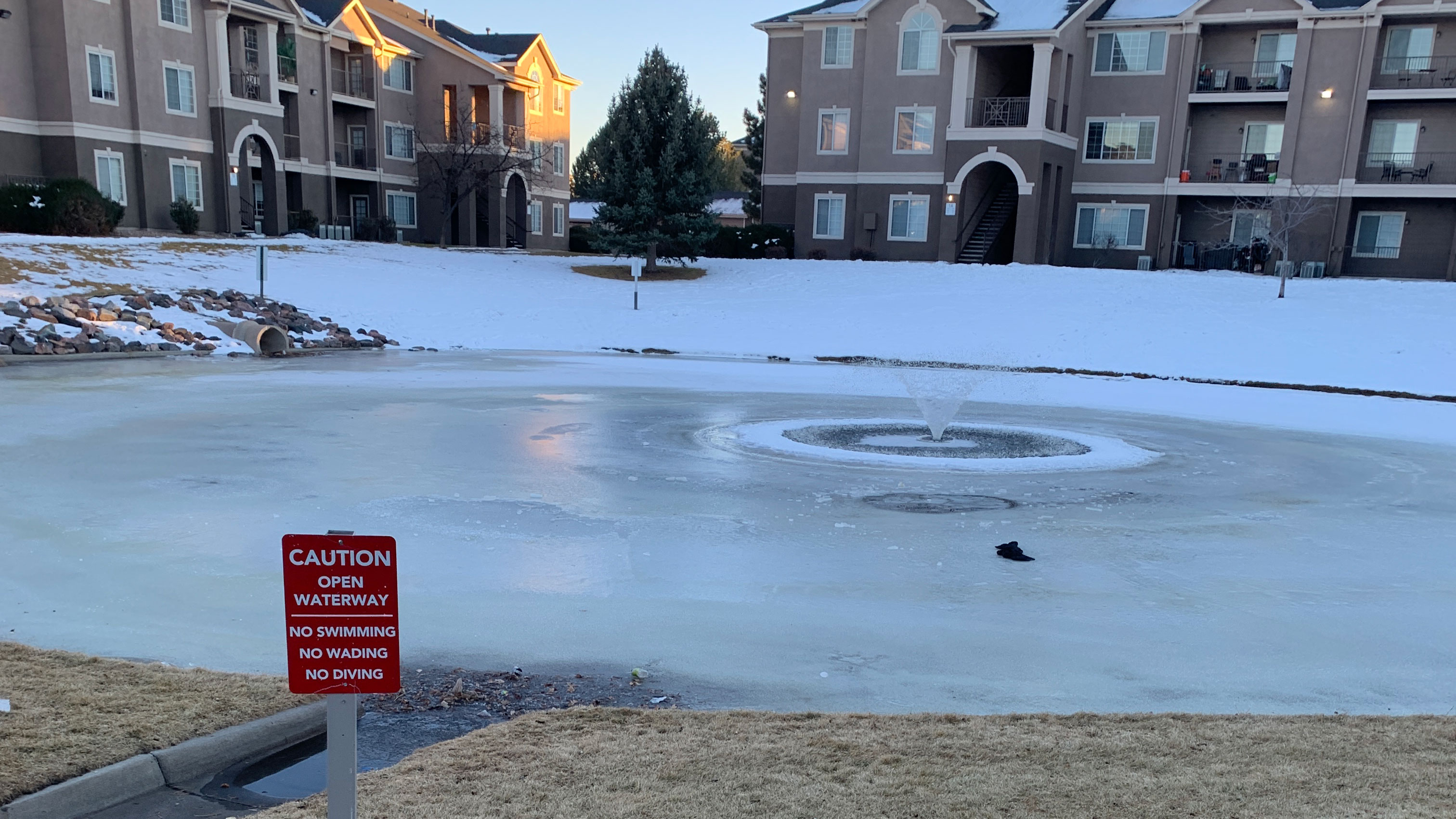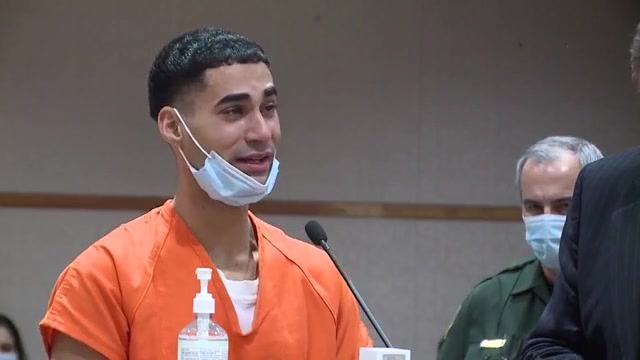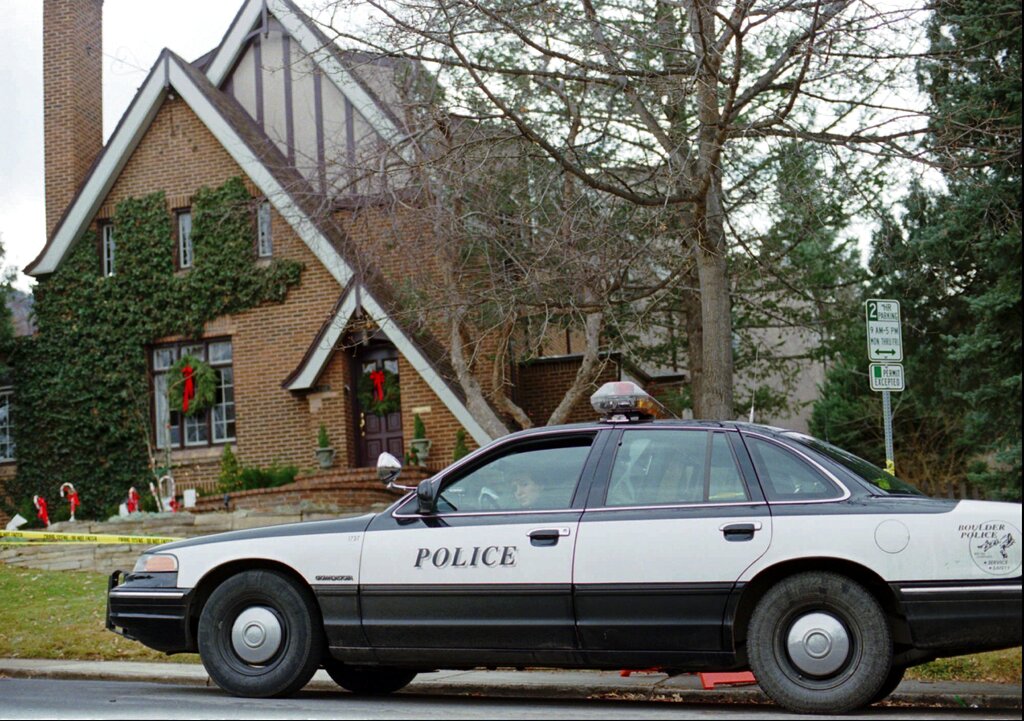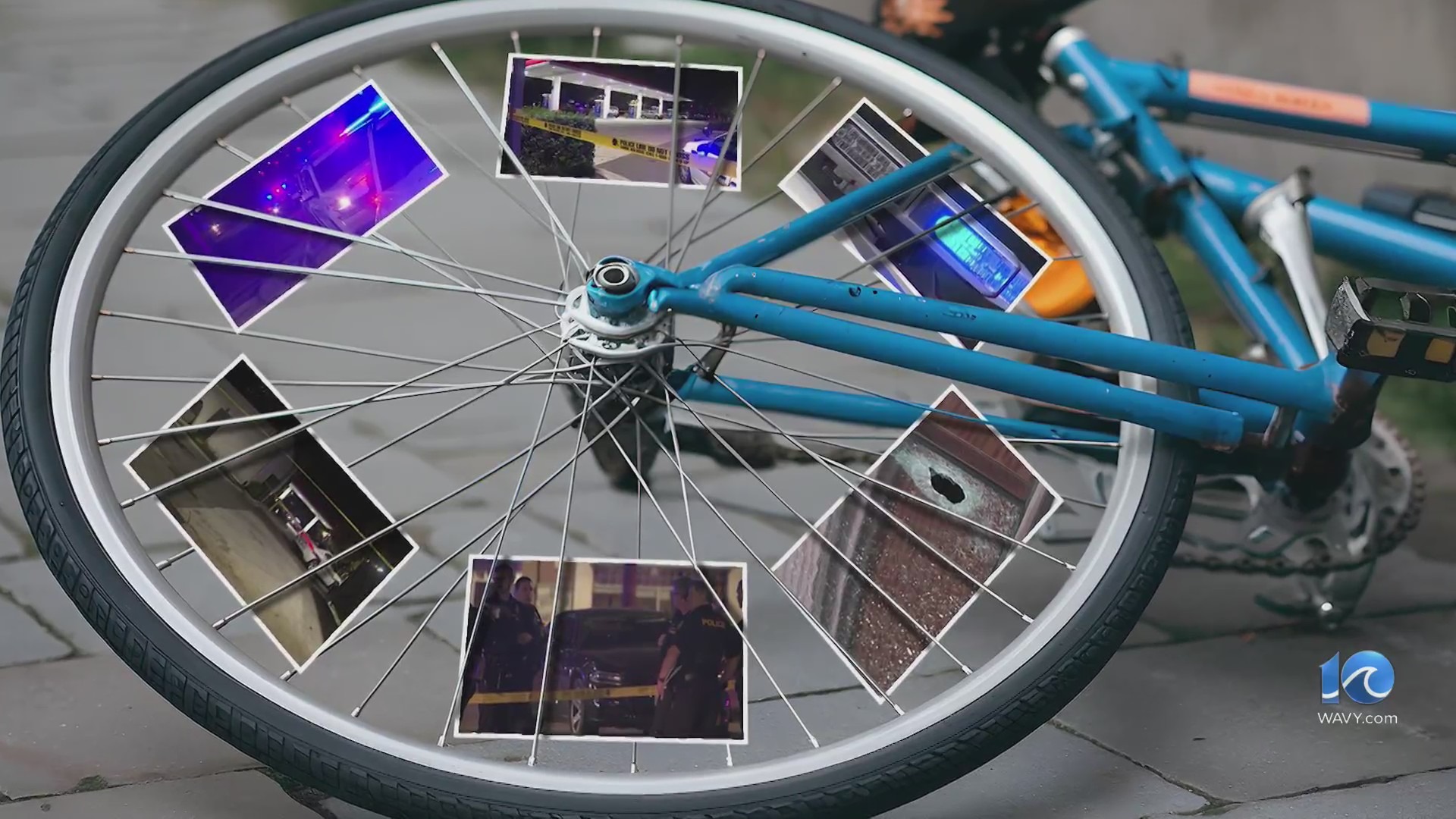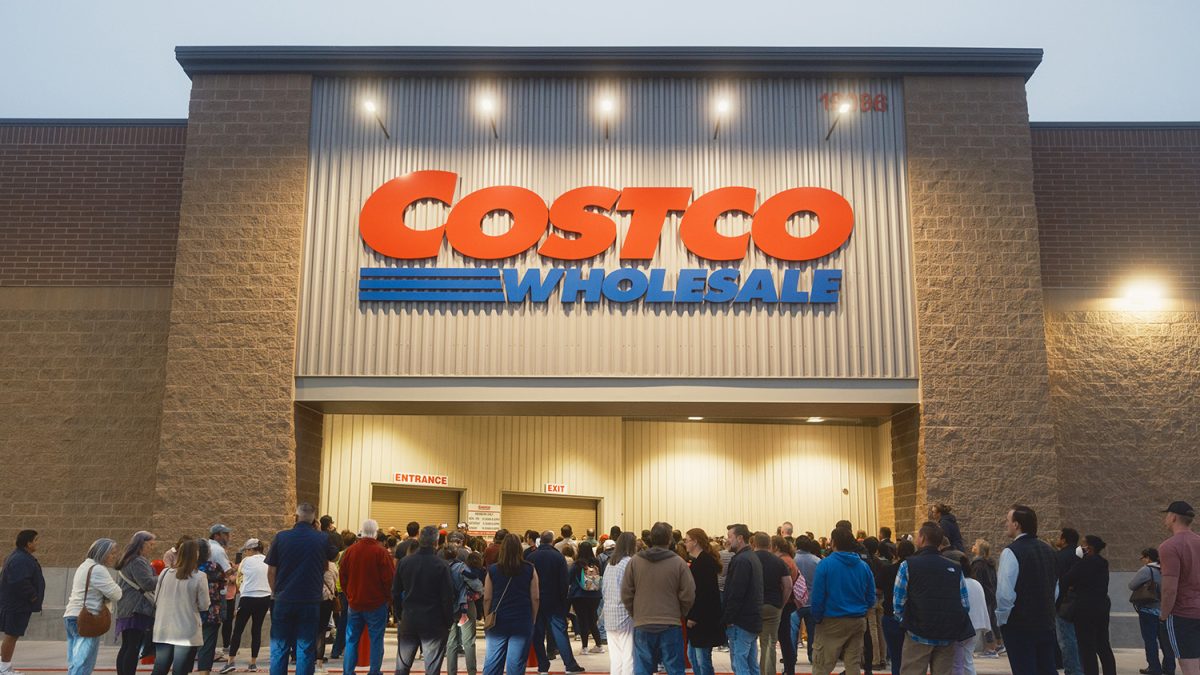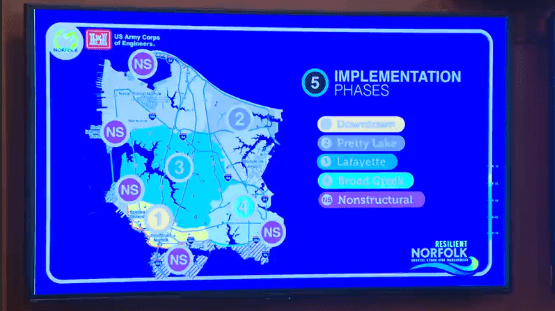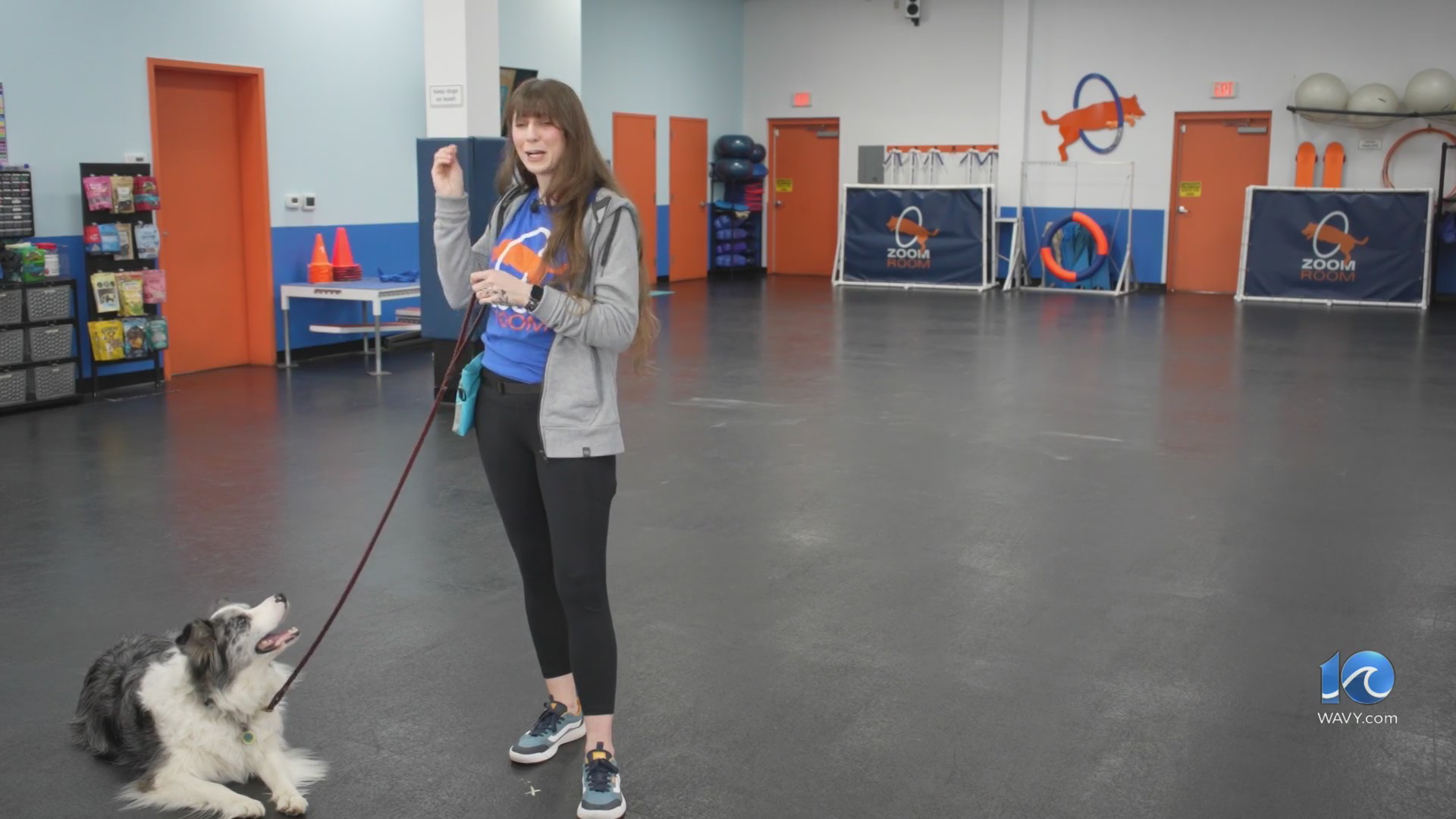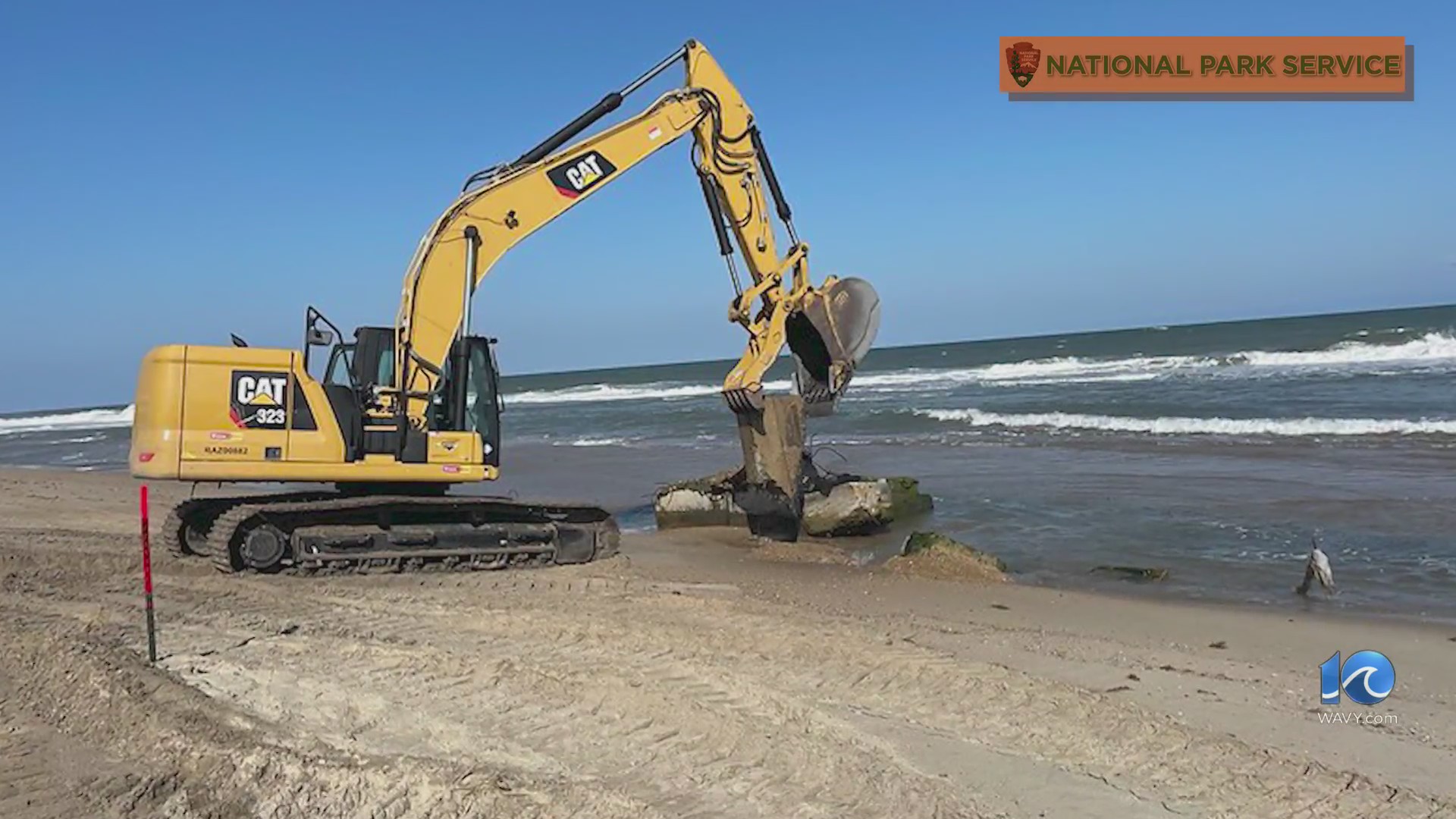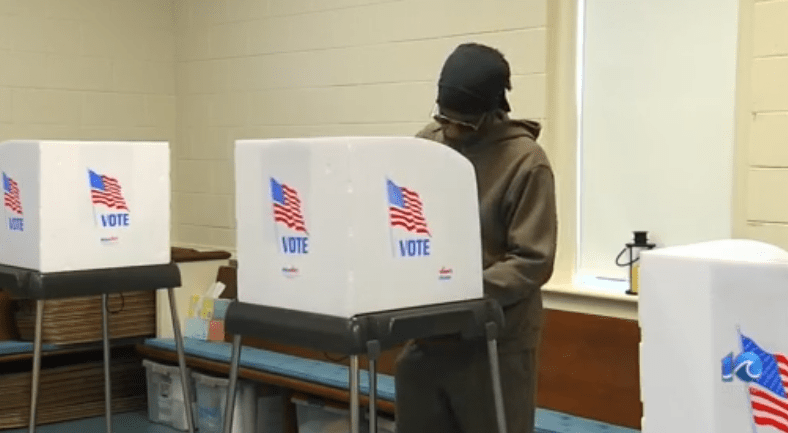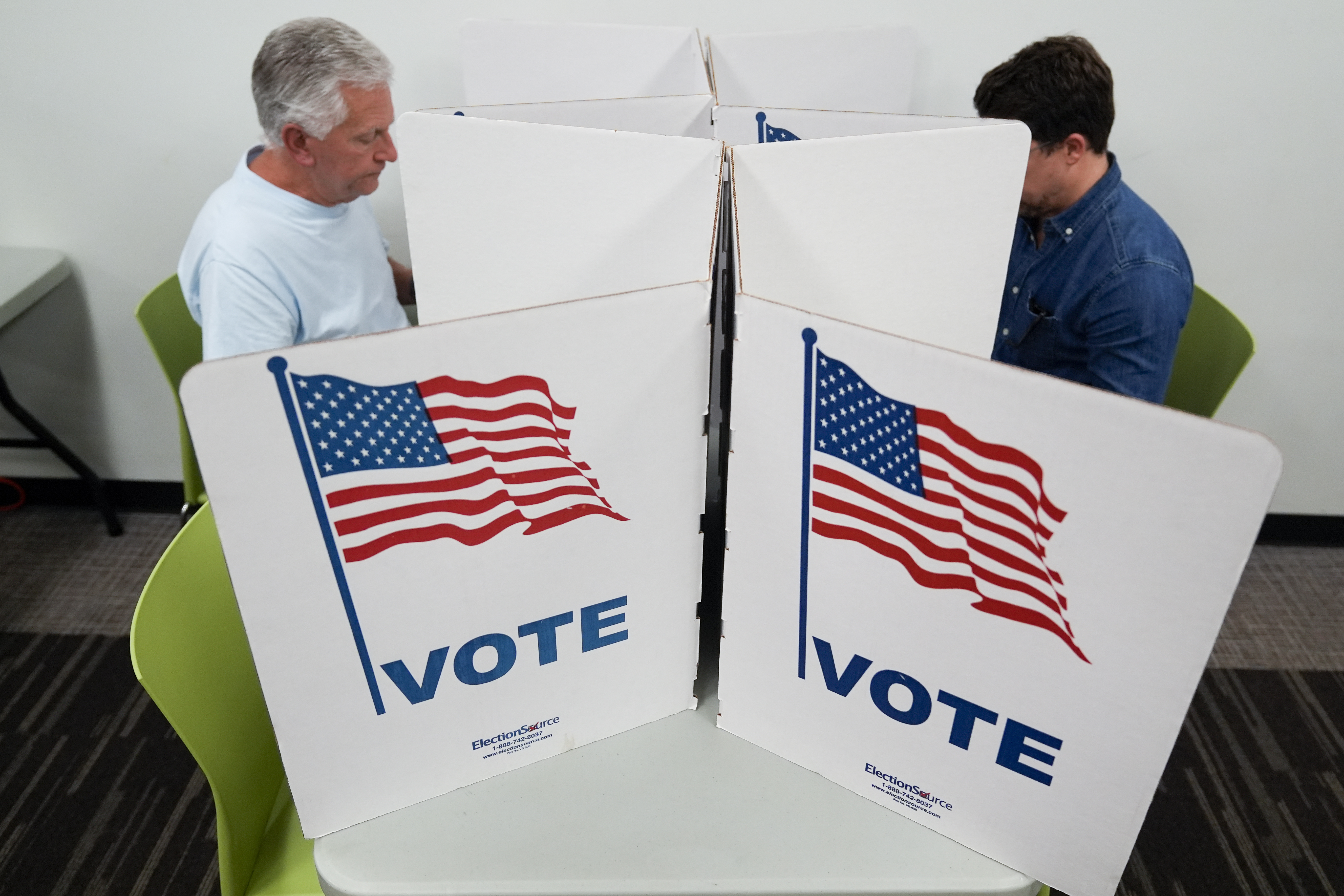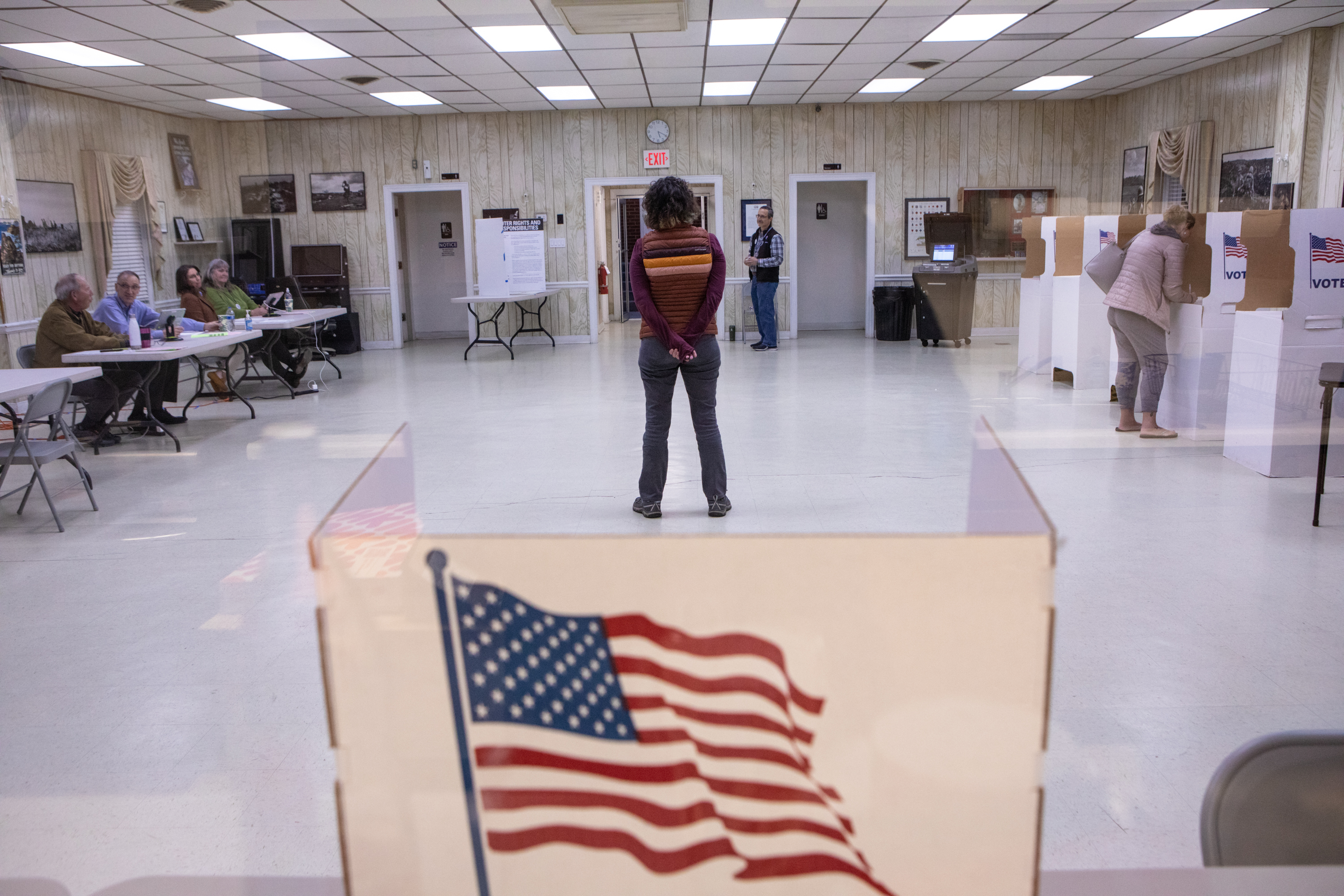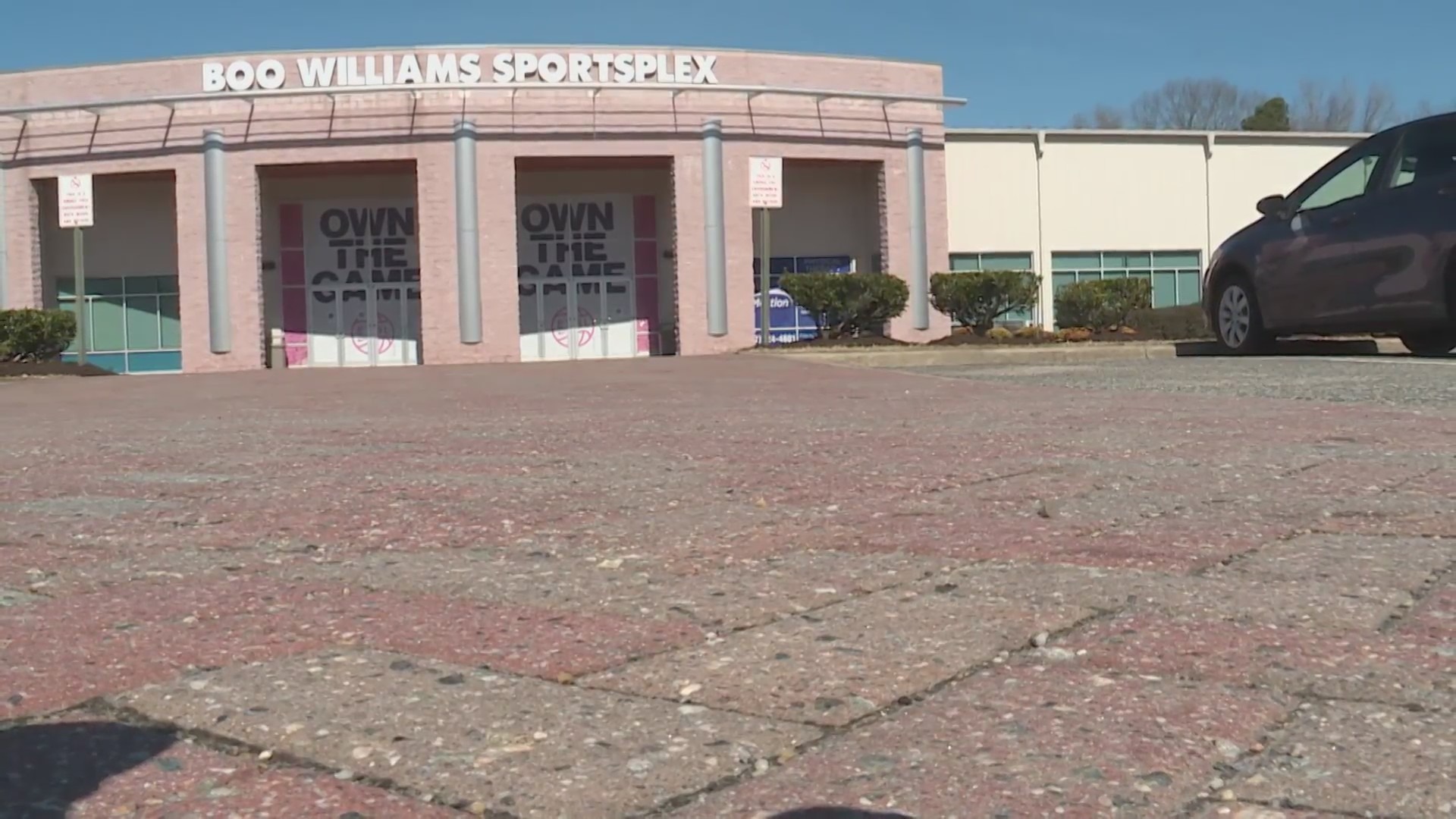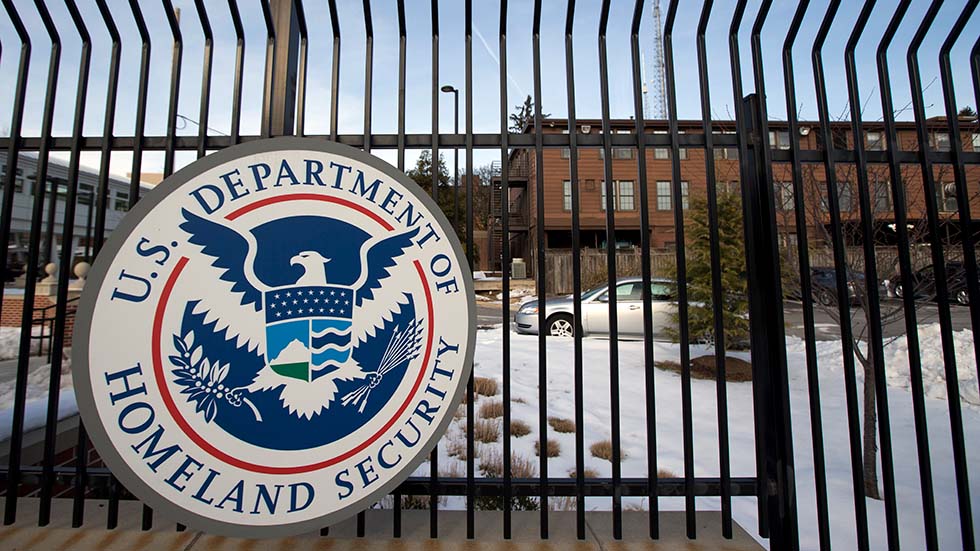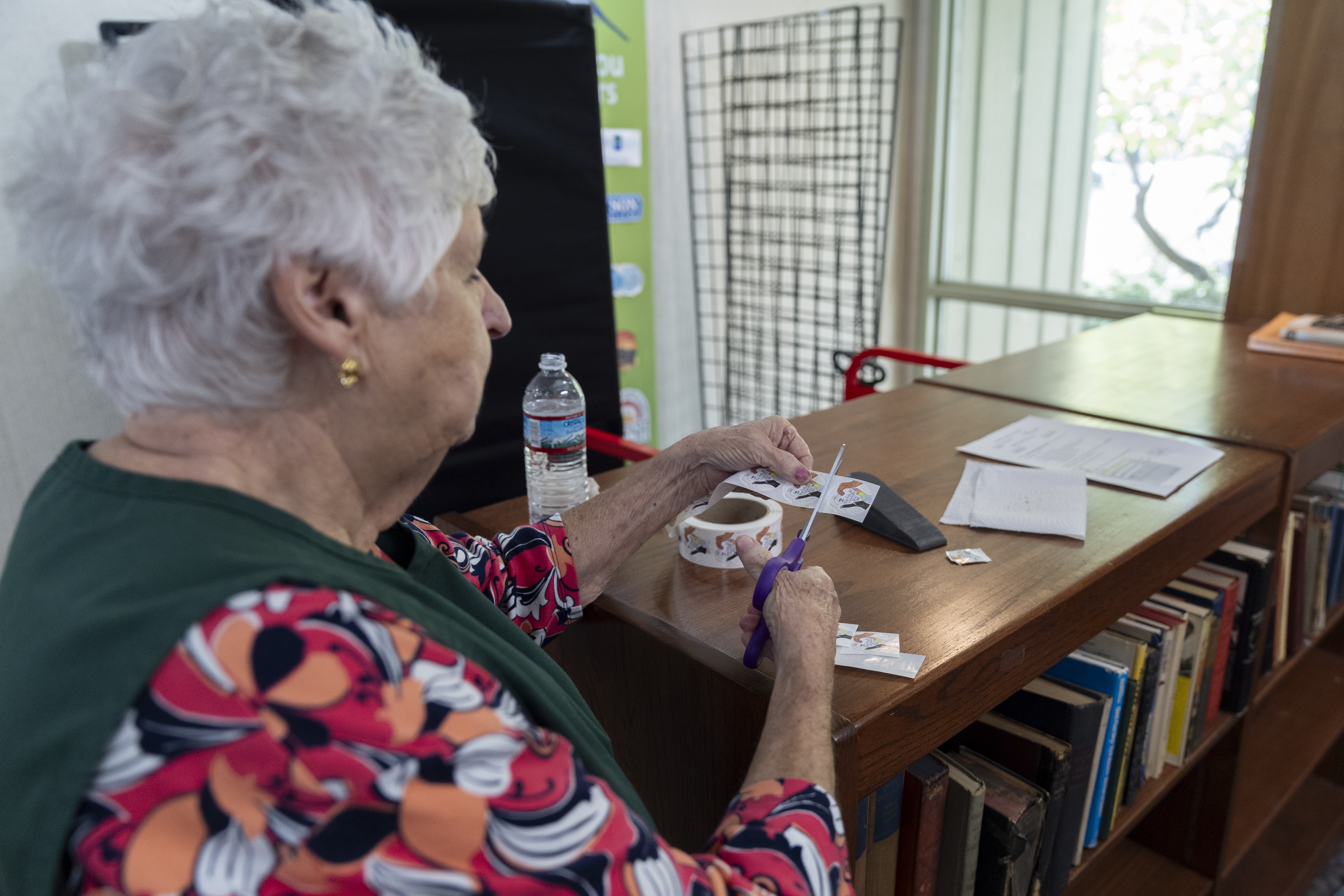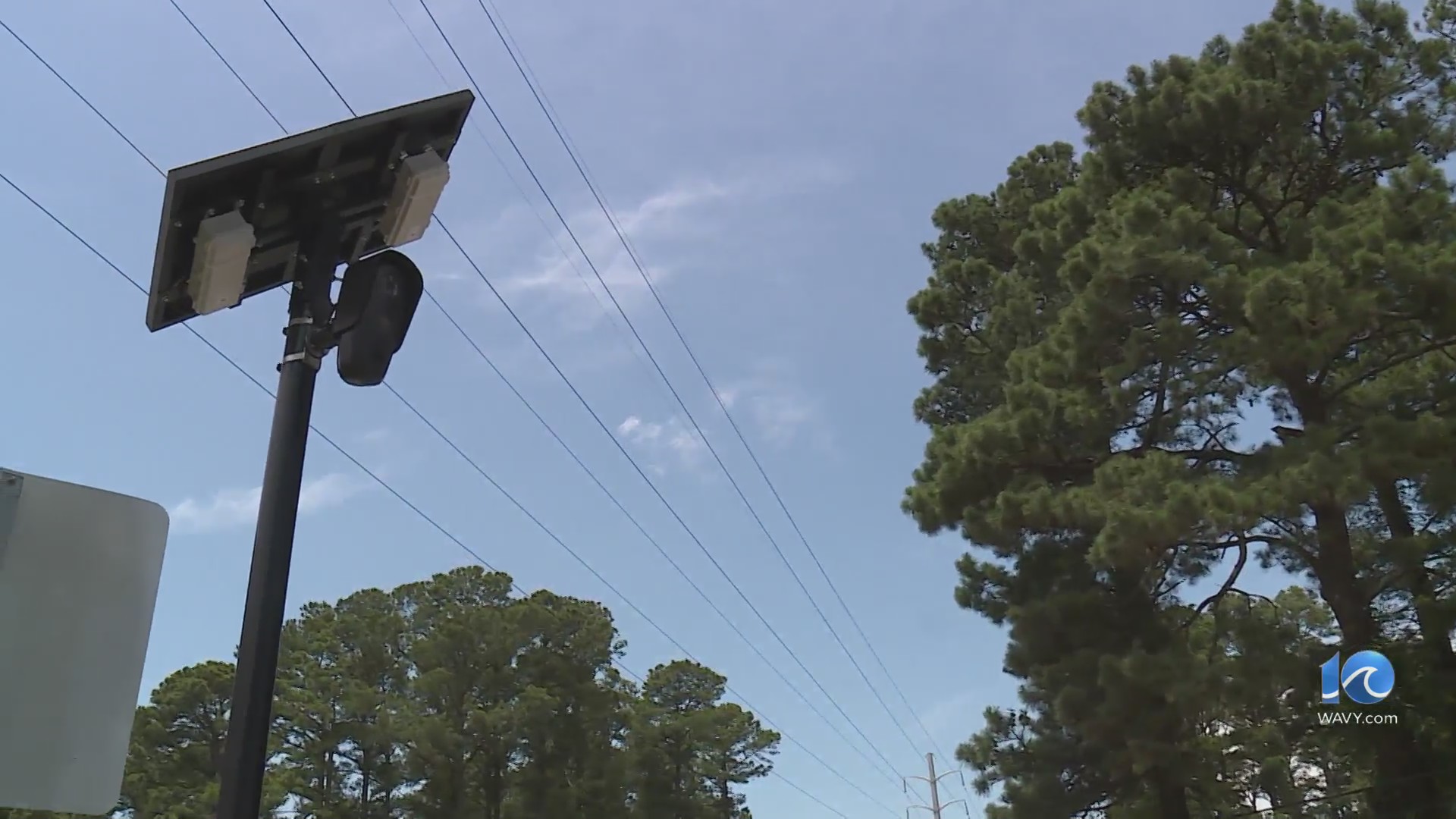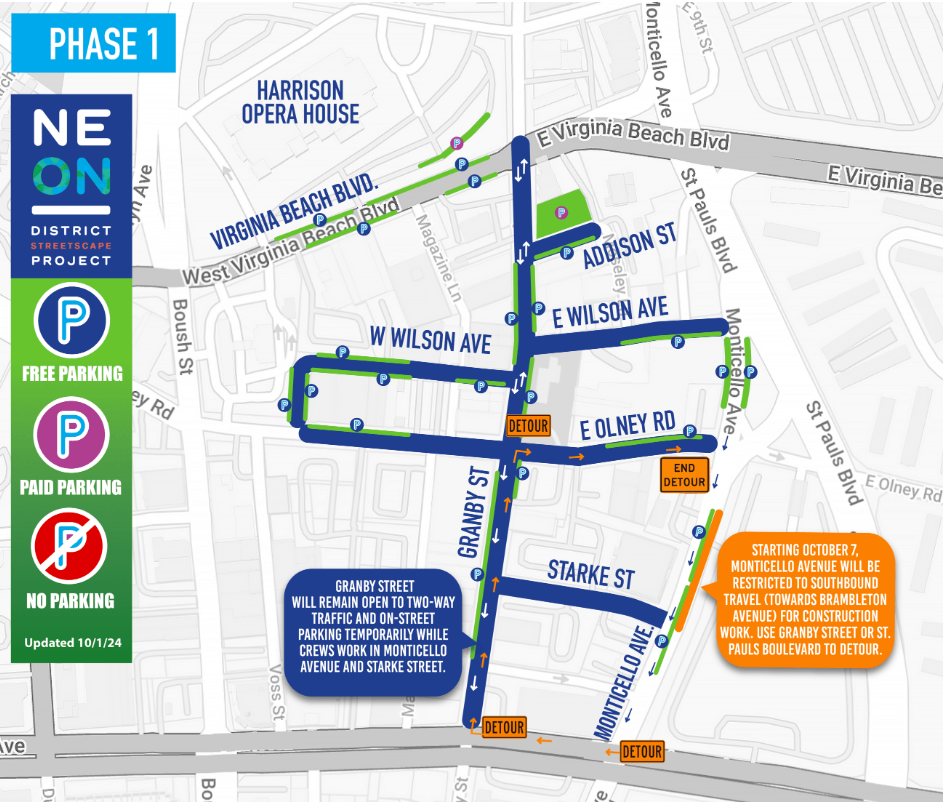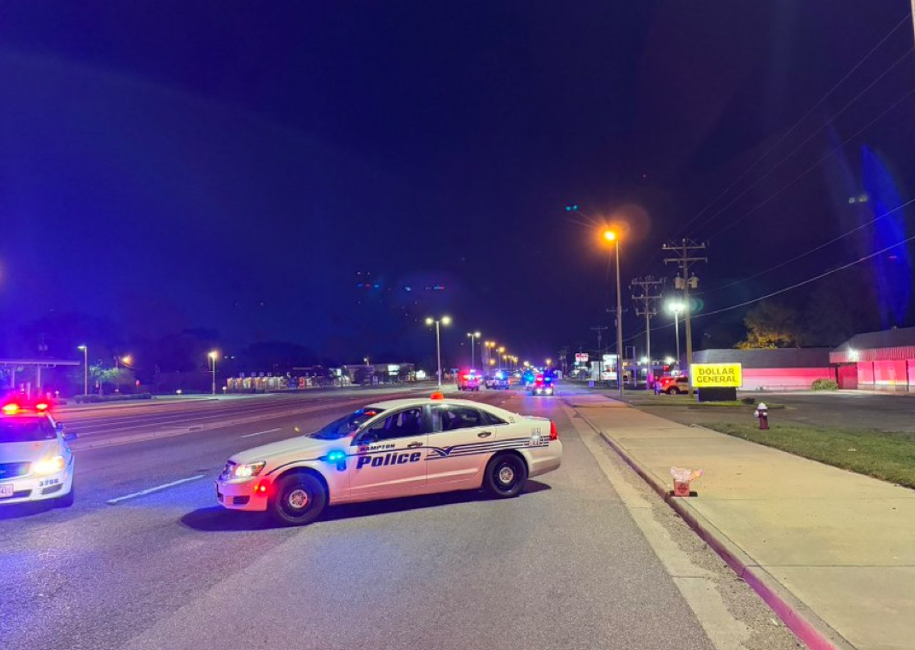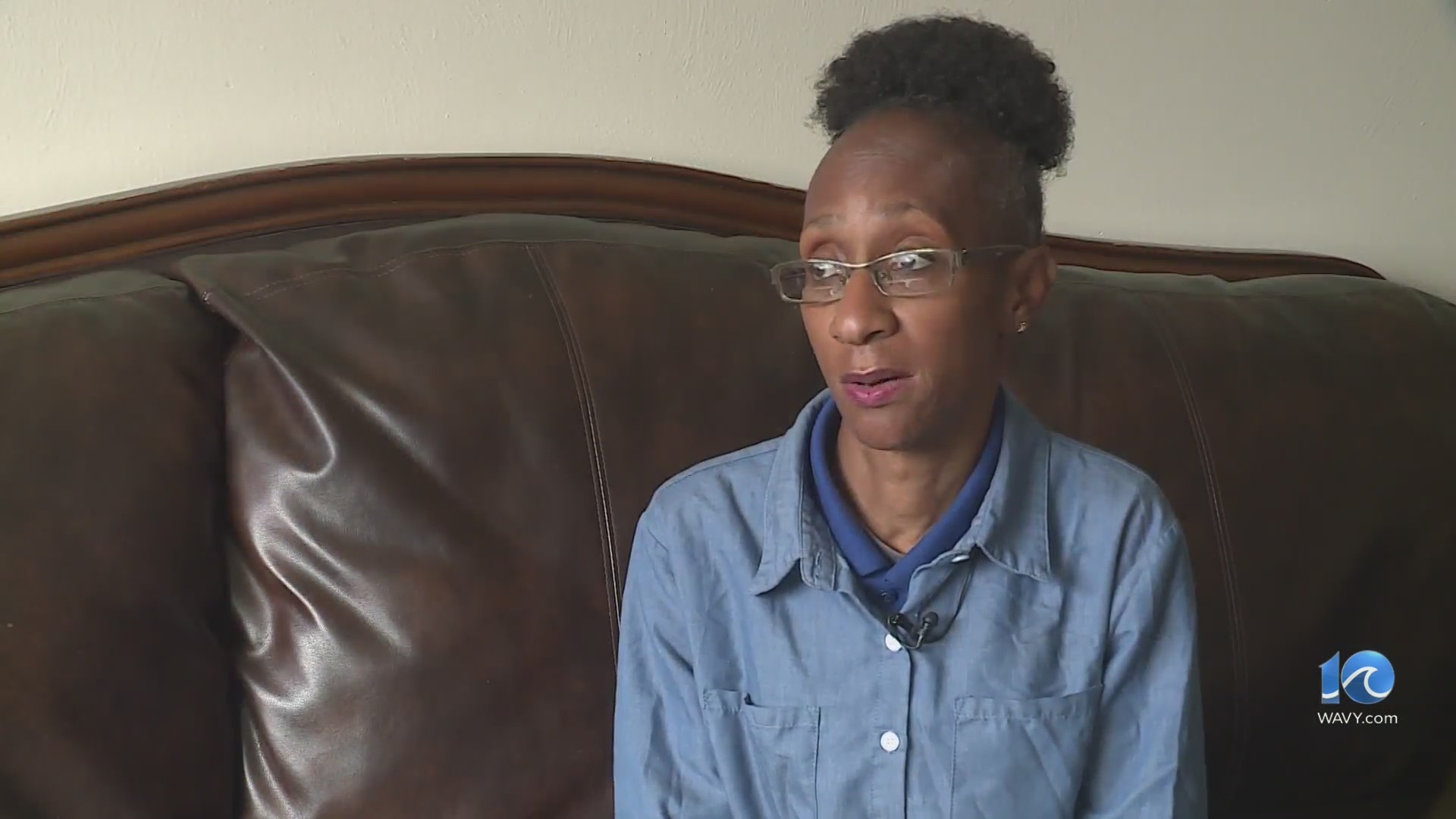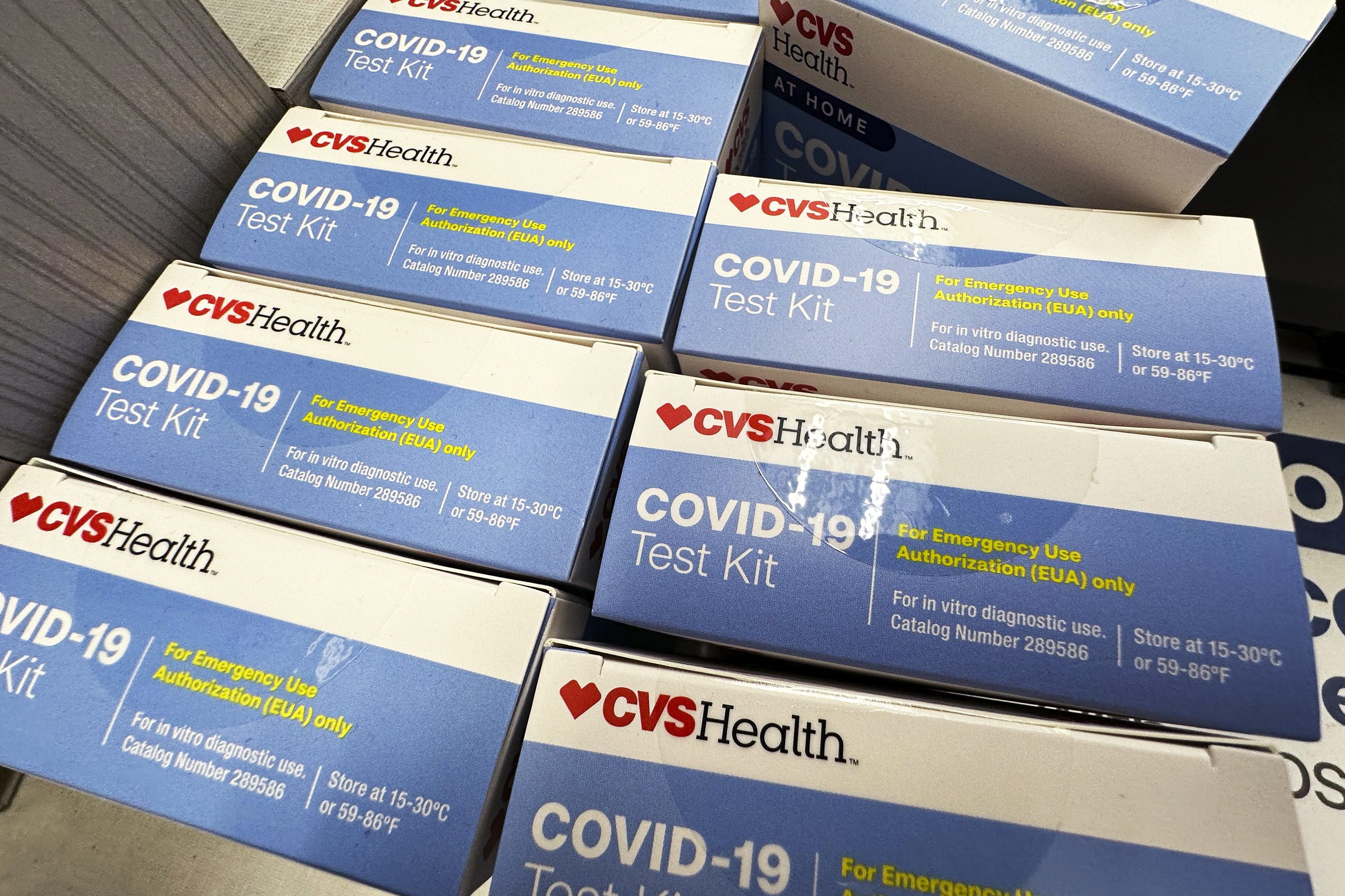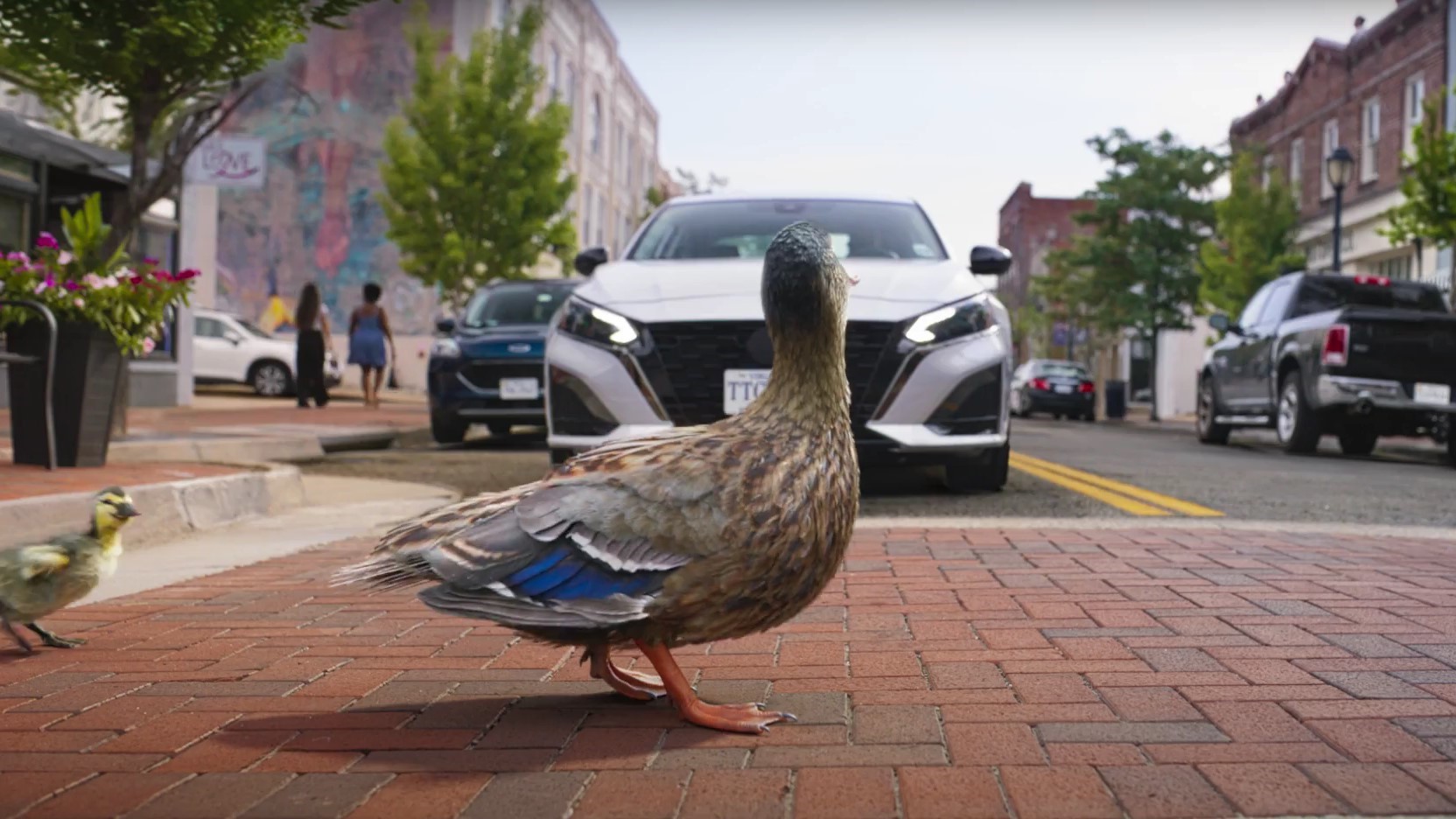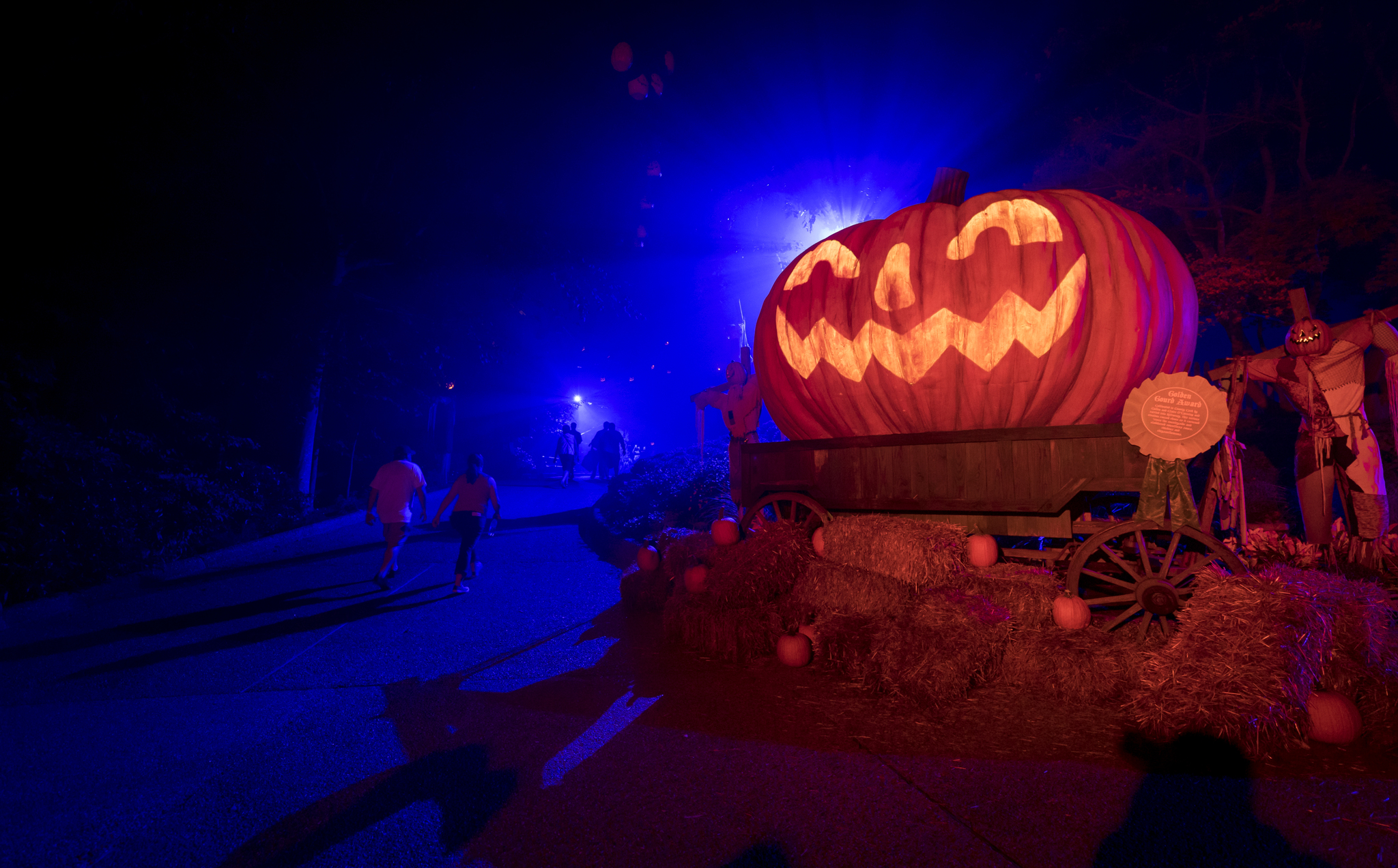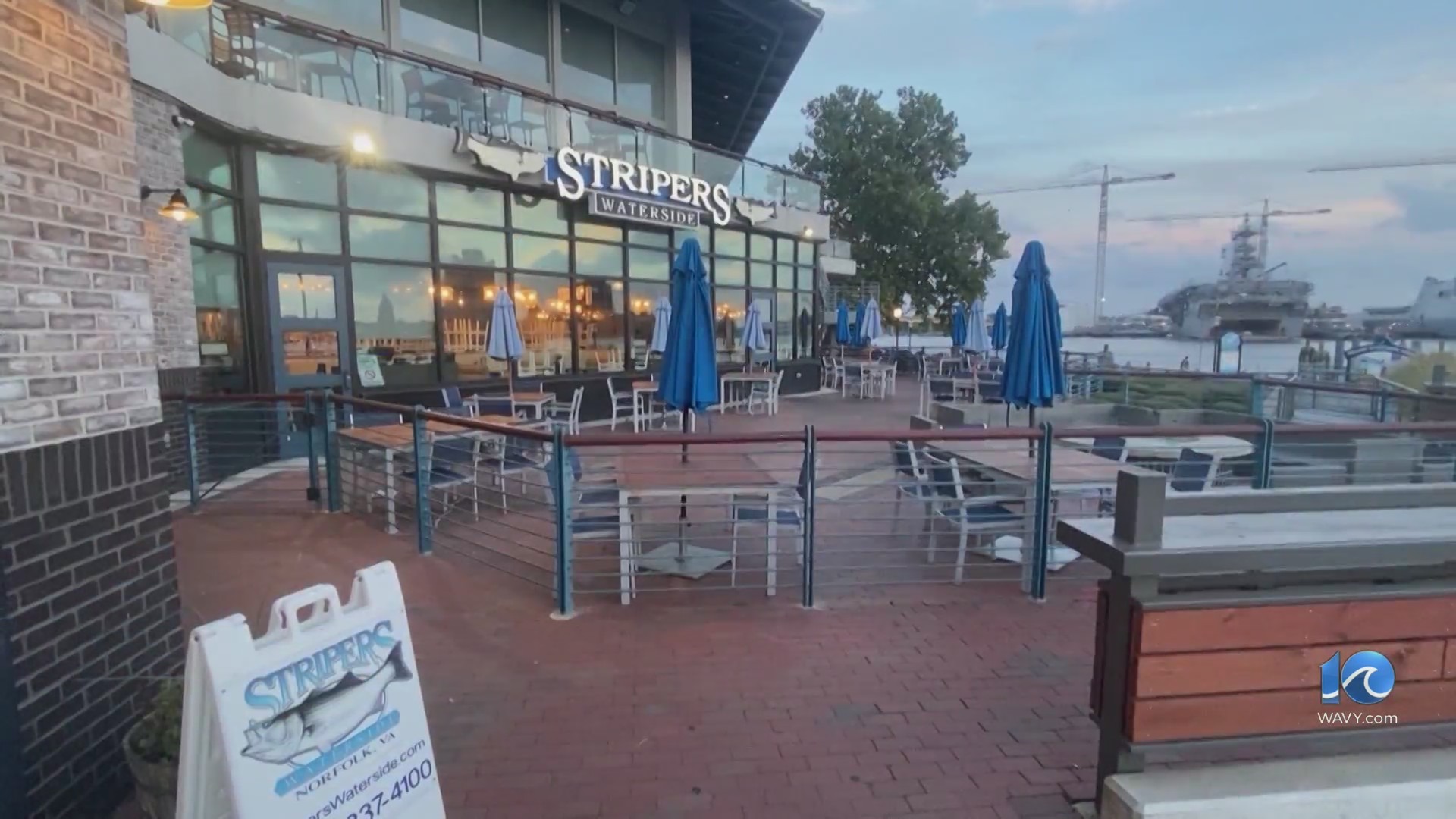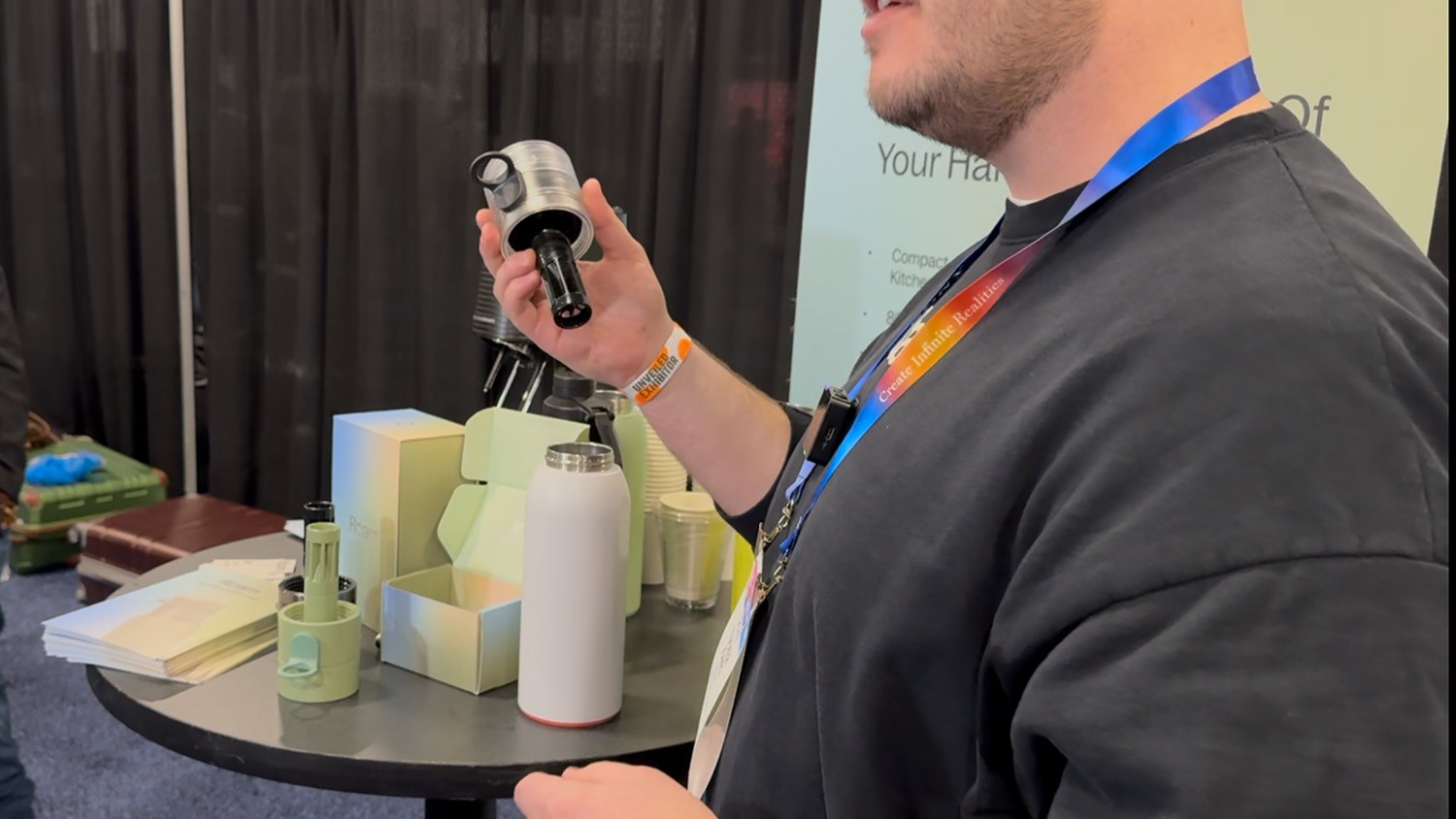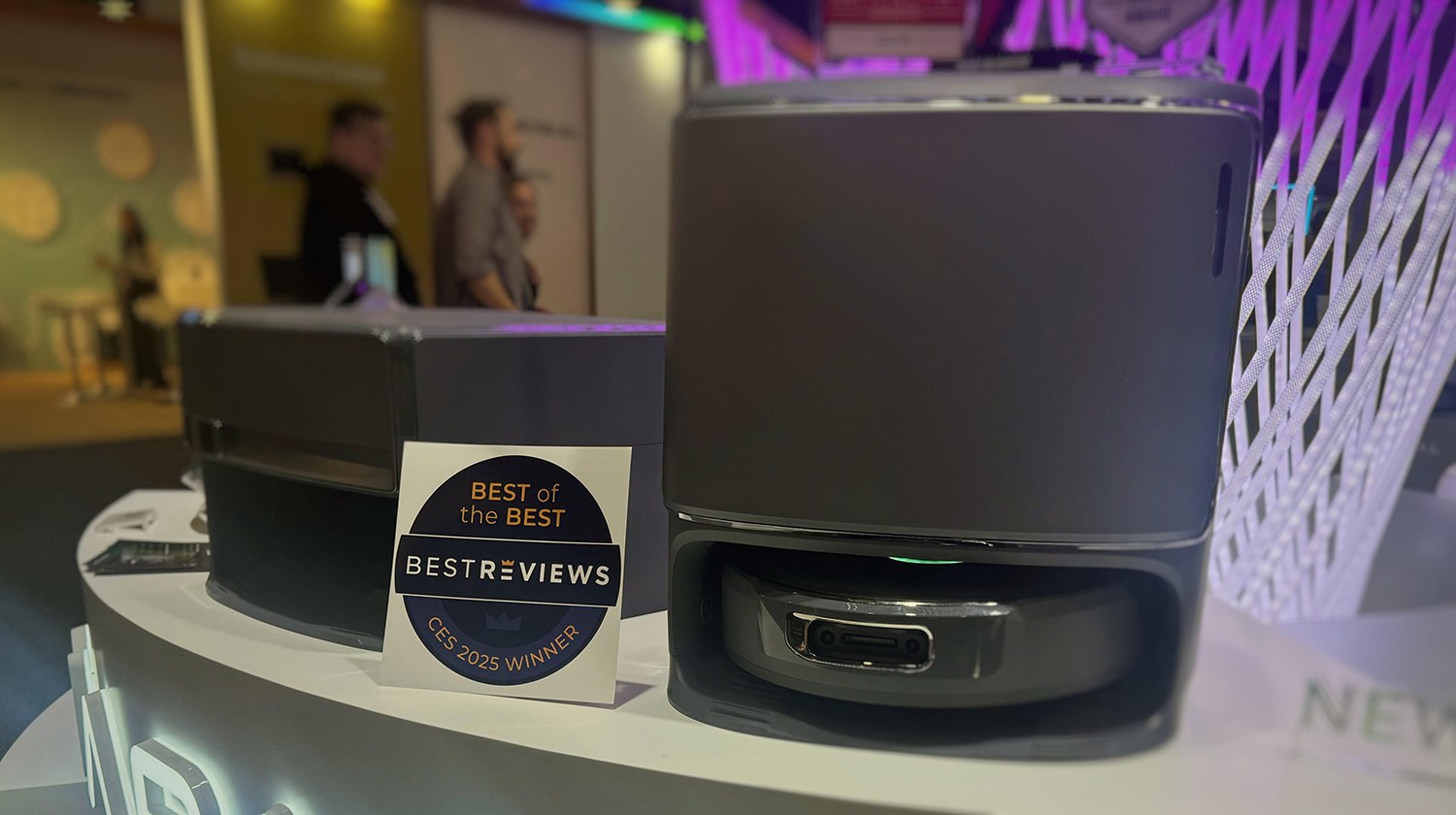NORFOLK, Va. (WAVY) — “They had this look of real terror in their eyes,” said Walter Rosenberg Jr.
The faces of the refugees haunted Rosenberg for decades. But what happened at Sewell’s Point nearly 80 years ago, when a ship carrying Jewish refugees stopped in Norfolk, has also left a legacy of kindness that saved lives.
To a 13-year-old boy living Norfolk’s Ghent neighborhood, Rosenberg felt a call to help Jewish families fleeing the Nazi regime.
It was somewhat of an adventure, punctuated with a sense of duty.
“When we got the call, we answered. The way they were putting people in concentration camps looks like they would be killing them. ‘Course in those days, I did not know the complete story. Just that they were escaping death.”
On Aug. 9, 1940, more than a year before the United States entered World War II, the SS Quanza left Lisbon, Portugal with 317 passengers — mostly Jewish refugees.
“Jews had their citizenship taken away. They weren’t allowed to go to school. They weren’t allowed to work in professions,” said Elena Barr Baum, director of the Holocaust Commission of the United Jewish Federation of Tidewater. “They were in many places literally becoming ghettoized.”
The Quanza first stopped in New York City, but 121 passengers were denied entry. Much of America at the time was isolationist, not wanting to take sides in another European war. After a stop in Mexico, the Quanza and its 80-plus passengers stopped for coal at Sewell’s Point in Norfolk.
“The folks on the ship were not allowed to disembark at all. So this group of dedicated women made home-cooked meals took them to the ship,” Barr Baum said.
Watch below: Interview with “Nobody Wants Us” producer Laura Seltzer-Duny
Such acts of conscience inspired a new documentary film “Nobody Wants Us.” Producer Laura Seltzer-Duny met WAVY News 10 where the Quanza pulled into port, which is now part of Naval Station Norfolk.
“Who would have thought that refugees even came here? I didn’t know they came here until someone told me about this story.”
Annette Lachmann is one of those stories. She was just three years old looking to join her father. Her wide eyes saw the promise of America. In the film, she describes an iconic newspaper photo.
“Looking through the porthole was my sister, my mother and I,” Lachmann said. “And my father was on the dock, and he was reaching with his hand up to us, and the journalist took this photograph. We were lucky we weren’t killed by the bombs, because refugees who had left a day earlier were bombed by the Germans.”
The Quanza stayed in Norfolk six days, while Newport News attorney Jacob Morewitz filed a lawsuit on behalf of four refugees against the passenger line. During that time, Rosenberg remembers his home on Graydon Avenue serving as a sanctuary for a woman and her teenage daughter from Belgium.
“They had very few possessions. They had small suitcases with a few clothes in it and that was it. What did she want most of all? A cup of coffee. Real coffee. ‘Cause they had nothing but this ersatz stuff that was made of sawdust,” he said.
Finally, after passengers sent a telegram to First Lady Eleanor Roosevelt, she pressured the State Department to interview them. All were granted asylum, said Barr Baum, much to the chagrin of the Assistant Secretary of State Breckinridge Long.
“He was concerned that there were Nazi spies or communist spies among the passengers of the ship. Obviously, he didn’t meet the passengers of the ship who were basically families escaping with nothing but what they could carry.”
That escape led them through Norfolk, which made an indelible impression on Walter Rosenberg. As he described the moments the families left the SS Quanza, his blue eyes became damp.
“They just poured down the dock. The gangway. And they kissed the ground. The smiles on their faces. That was worth every bit of effort we put in,” Rosenberg said.
Learn more about the film here: https://www.nobodywantsus.com/
